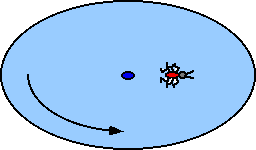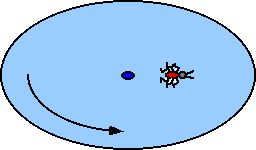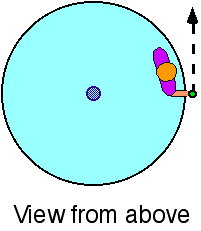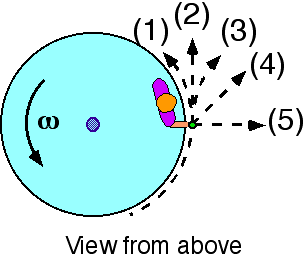Goal: Hone the concept of angular momentum
Source: UMPERG-ctqpe132
Which situation has the least (magnitude) angular momentum about the
origin?
- A 2 kg mass travels along the line y = 3m with speed
1.5 m/s. - A 1 kg mass travels in a circle of r = 4.5 m about the
origin with speed 2 m/s. - A disk with I = 3 kg-m2
rotates about its center (on origin) with ω = 3 rad/s.
- A
- B
- C
- Both A and B
- Both A and C
- Both B and C
- All have the same magnitude angular momentum





Commentary:
Answer
(7) Students frequently think that objects traveling in a straight line
have no angular momentum. An interesting follow up question is to ask
how students would answer if the disk in situation were rotating about
the point (1,0).